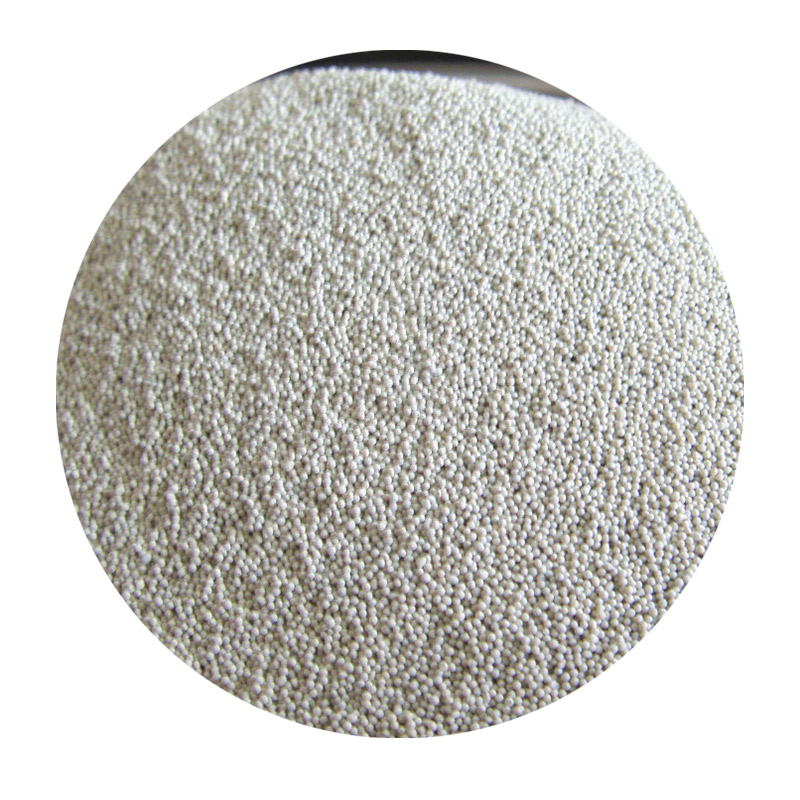

Another critical aspect of sanding ceramics is ensuring safety and maintaining a clean working environment. Ceramics can release fine, potentially harmful particles when sanded. Therefore, wearing proper protective gear, such as masks and goggles, is essential. Moreover, using a vacuum or dust extraction system can help maintain air quality and reduce cleanup time. Establishing authority in the niche of ceramic sanding requires not just technical know-how but also the ability to anticipate and solve common problems. For example, one common issue is the uneven surface remaining after the initial sanding phase. This can typically be addressed by applying a consistent technique and revisiting the areas with finer grit sandpaper or polishing equipment. In some cases, a glaze may be applied post-sanding to achieve a desired finish or to protect and seal the surface. Trustworthiness in advice comes from a history of satisfied work and shared insights from industry veterans. Building a rapport within this field hinges upon the consistent delivery of knowledgeable and actionable guidance, whether through instructional materials, workshops, or personalized consultations. In conclusion, sanding ceramics is a specialized skill that draws on practical experience, specialized tools, and an intimate knowledge of the material properties. Mastery of this craft enhances the functional and visual appeal of ceramic products, offering artisans and manufacturers alike a competitive edge in creating superior quality ceramics. Post time:Қаң . 09, 2025 11:26
Next:sand ceramic
